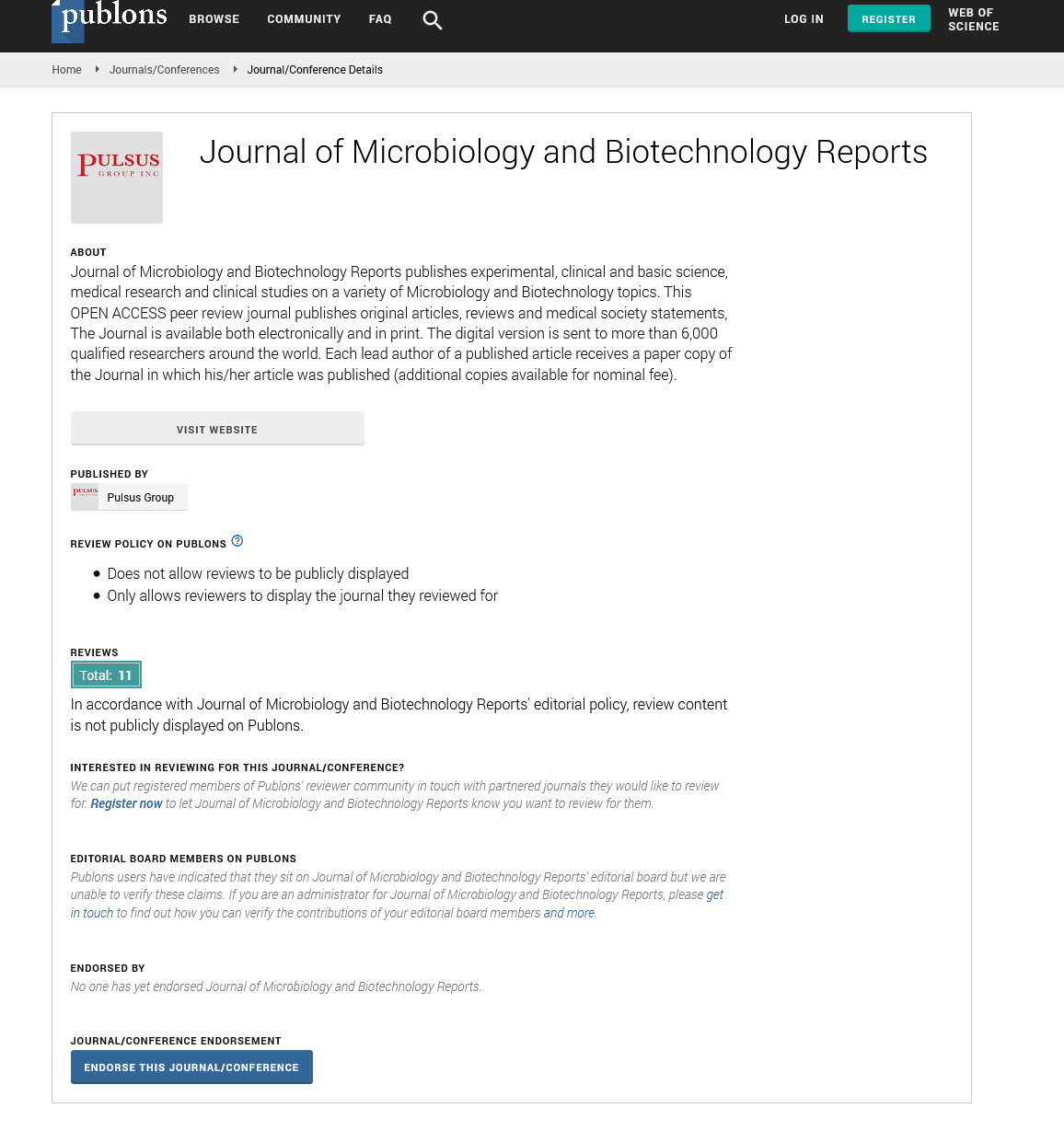All submissions of the EM system will be redirected to Online Manuscript Submission System. Authors are requested to submit articles directly to Online Manuscript Submission System of respective journal.

Sign up for email alert when new content gets added: Sign up
Abstract
Introduction in the Chemical Engineering Processes Modeling
Author(s): Christo BoyadjievIn the paper is presented a theoretical analysis of the methods for chemical engineering processes modeling. The methods for modeling specific processes may be different, but in all cases they must bring the mathematical description closer to the real process by using appropriate experimental data. These methods are presented in the cases of co-current absorption column without packings, counter-current absorption column with random packings and modeling of processes with unknown mechanism.
The main problems in the chemical industry (biotechnology, heat energy) are the optimal design of new devices and the optimal control of active processes, i.e. minimization of the investment and operating costs. These problems are solved by chemical engineering with modeling methods.
The creation of the mathematical model begins with the formulation of the physical model of the complex process, i.e. the definition of the simple processes that make it up and the interactions between them. The second step is to define simple processes that have mathematical descriptions (equivalent mathematical operators). The other simple processes are introduced into the mathematical model through quantitative information obtained from experimental data, which brings the mathematical model as close as possible to the real process. The experiment brings mathematics closer to physics (reality).
The optimal design and control in the chemical industry is uniquely related to processes rates, so all mathematical descriptions of processes are linked to algorithms to determine these rates, i.e. processes kinetics.
The industrial systems consist of separate phases (gas, liquid, solid) in the industrial apparatuses volumes. They are in thermodynamic equilibrium when the velocities, temperatures and concentrations of substances in the individual parts or points of the phases are equal.




